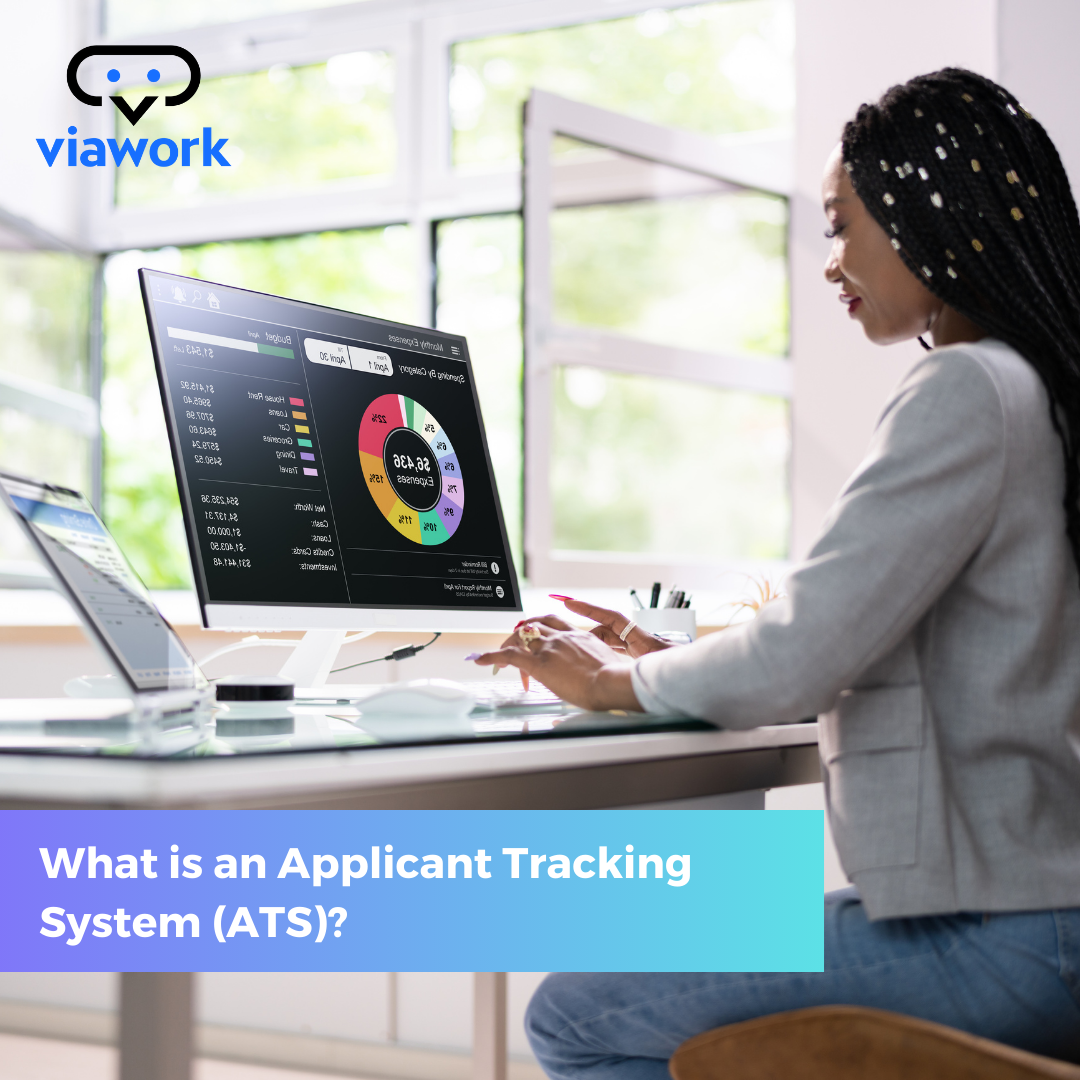What is an Applicant Tracking System (ATS)?

In today’s competitive job market, where every position can receive hundreds of applications, it’s crucial for companies to efficiently manage the influx of resumes and identify the most suitable candidates. This is where Applicant Tracking Systems (ATS) come into play. Whether you’re a job seeker or a hiring manager, understanding what an ATS is and how it works can significantly impact your success in the recruitment process.
What is an Applicant Tracking System (ATS)?
An Applicant Tracking System, often abbreviated as ATS, is a software application designed to streamline the recruitment process for organizations. It serves as a centralized hub for managing job postings, receiving and storing resumes, and tracking candidate progress throughout the hiring pipeline.
How Does an ATS Work?
- Resume Parsing: When a candidate submits their application, the ATS parses (reads and extracts) the relevant information from the resume, such as contact details, work experience, education, and skills. This parsing process allows recruiters to easily search and filter through resumes based on specific criteria.
- Keyword Matching: ATS software scans resumes for keywords and phrases that match the job description. This helps recruiters quickly identify candidates whose qualifications align with the requirements of the position.
- Candidate Management: The ATS provides a centralized database where recruiters can organize and manage candidate profiles. They can track each candidate’s progress, communicate with them via email templates or messaging features within the system, and schedule interviews directly from the platform.
- Automated Workflows: ATS platforms offer customizable workflows that automate various stages of the recruitment process, such as sending acknowledgement emails upon application submission, scheduling interviews, and sending rejection notifications to unsuccessful candidates.
- Reporting and Analytics: ATS software generates reports and analytics to help recruiters evaluate the effectiveness of their hiring strategies. Metrics such as time-to-fill, source of hire, and applicant demographics provide valuable insights for optimizing recruitment efforts.
Benefits of Using an ATS
- Efficiency: By automating manual tasks and organizing candidate data in one place, ATS software significantly reduces the time and effort spent on recruitment processes.
- Improved Candidate Experience: ATS platforms often include features like automated status updates and personalized communication, enhancing the candidate experience and fostering positive employer branding.
- Better Candidate Screening: With advanced search and filtering capabilities, recruiters can identify top candidates more efficiently, leading to higher-quality hires.
- Compliance and Documentation: ATS systems help ensure compliance with hiring regulations by storing all relevant documentation, including applications, resumes, and correspondence, in a centralized and secure location.
Challenges and Considerations
While ATS software offers numerous benefits, there are some challenges and considerations to keep in mind:
- Over-Reliance on Keywords: ATS systems may inadvertently overlook qualified candidates whose resumes don’t contain the exact keywords specified in the job description. This underscores the importance of crafting clear and inclusive job postings.
- User Experience: Some ATS platforms have complex interfaces that can be challenging for both recruiters and candidates to navigate. User-friendly design and intuitive functionality are essential for maximizing adoption and satisfaction.
- Cost: Implementing an ATS solution can represent a significant investment for organizations, particularly for small businesses or startups with limited budgets. However, the long-term benefits often outweigh the initial costs.
- Data Privacy and Security: Given the sensitive nature of candidate data stored within ATS systems, ensuring robust data privacy and security measures is paramount to safeguarding against potential breaches or unauthorized access.
Conclusion
In today’s digital age, Applicant Tracking Systems play a vital role in streamlining the recruitment process, from receiving applications to making hiring decisions. By leveraging automation, advanced analytics, and centralized candidate management, ATS software empowers organizations to attract top talent efficiently and effectively. However, it’s essential to strike a balance between automation and human interaction, prioritizing a positive candidate experience while optimizing recruitment outcomes. With careful consideration of the benefits, challenges, and best practices associated with ATS implementation, businesses can position themselves for success in the competitive talent landscape.
